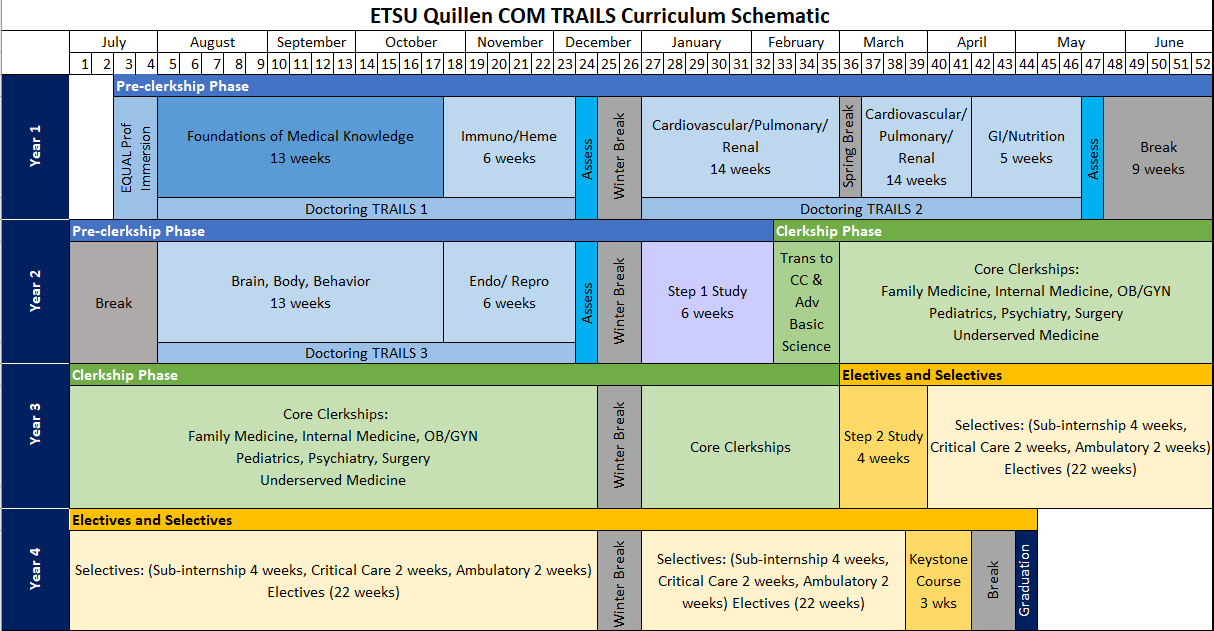Introduction
In an era marked by rapid technological advancements, evolving global challenges, and a dynamic job market, the need for an innovative and adaptable education system has never been more critical. Traditional educational models often struggle to keep pace with the changing demands of the 21st century. However, the TRAILS curriculum offers a promising solution—a dynamic and forward-thinking approach to education that prepares students to thrive in a complex, ever-changing world.

Understanding the TRAILS Curriculum
TRAILS, an acronym for “Transdisciplinary Reasoning, and Integrative Learning Skills,” represents a holistic and transformative approach to education. It focuses on nurturing critical skills, fostering creativity, and promoting lifelong learning. This curriculum recognizes that traditional subject-based learning, though essential, is not sufficient to prepare students for the challenges they will face in the future.
MUST READ=trails carolina “investigation”
trails carolina horror stories
Key Components of the TRAILS Curriculum
- Transdisciplinary Learning: The TRAILS curriculum goes beyond traditional disciplinary boundaries. It encourages students to explore connections between subjects and develop a holistic understanding of complex issues. By breaking down the silos between subjects, students are better equipped to solve real-world problems that often require a multidisciplinary approach.
- Reasoning Skills: Critical thinking, problem-solving, and analytical reasoning are at the core of the TRAILS curriculum. Students are encouraged to question, analyze, and evaluate information from various sources, enabling them to make informed decisions and adapt to changing circumstances.
- Integrative Learning: The TRAILS curriculum emphasizes the integration of knowledge and skills. Rather than compartmentalizing information, students learn how to synthesize and apply what they’ve learned to solve complex problems. This integrative approach fosters a deeper understanding of concepts and their real-world applications.
- Lifelong Learning: In a rapidly changing world, the ability to learn continuously is invaluable. The TRAILS curriculum instills a love for learning and equips students with the skills to become self-directed learners. This prepares them to adapt to new challenges and opportunities throughout their lives.
The Benefits of the TRAILS Curriculum
- Preparation for the Future: The TRAILS curriculum equips students with the skills and mindset needed to succeed in an uncertain future. By focusing on transdisciplinary learning and reasoning skills, students are better prepared to tackle the complex problems and emerging technologies of tomorrow.
- Critical Thinking and Problem-Solving: In an age where information is readily available, the ability to critically assess and solve problems becomes paramount. TRAILS encourages students to think independently, analyze information, and develop innovative solutions.
- Adaptability: The TRAILS curriculum nurtures adaptability and resilience. By emphasizing lifelong learning and integrative skills, students are more likely to thrive in diverse career paths and industries as they evolve over time.
- Creativity and Innovation: TRAILS fosters creativity and innovation by encouraging students to explore new perspectives and make connections between seemingly unrelated concepts. This not only benefits their academic pursuits but also prepares them for careers in fields that require creative thinking.
- Global Perspective: The transdisciplinary nature of the TRAILS curriculum encourages students to consider global issues and perspectives. This global awareness is crucial in today’s interconnected world, fostering empathy and understanding of diverse cultures and viewpoints.
Implementing TRAILS in Education
Integrating the TRAILS curriculum into educational institutions requires a concerted effort from educators, administrators, and policymakers. Here are some key considerations for successful implementation:

- Teacher Training: Educators must be trained to facilitate transdisciplinary learning and emphasize reasoning skills. Professional development programs can help teachers adapt to the new curriculum and effectively guide students.
- Flexible Assessment Methods: Traditional grading methods may not accurately reflect the progress made under the TRAILS curriculum. Institutions should explore innovative assessment methods that capture students’ critical thinking, problem-solving, and integrative skills.
- Resource Allocation: Adequate resources, including updated textbooks, technology, and support materials, are essential for implementing the TRAILS curriculum effectively. Schools and colleges should allocate resources to support this transition.
- Stakeholder Engagement: Involving parents, students, and the community in the transition to the TRAILS curriculum is crucial. Open communication and feedback mechanisms can help address concerns and build support for the new approach.
- Assessment and Improvement: Regular assessment and continuous improvement are essential to refine the TRAILS curriculum. Gathering data on student performance and feedback from educators can help identify areas for enhancement.
Case Studies of Successful TRAILS Implementation
- Singapore’s Holistic Education: Singapore has been a pioneer in adopting transdisciplinary approaches to education. Its holistic education system emphasizes both academic excellence and character development, producing well-rounded individuals prepared for future challenges.
- Finland’s Phenomenon-Based Learning: Finland’s education system incorporates phenomenon-based learning, where students explore real-world problems through a multidisciplinary lens. This approach has led to consistently high levels of student achievement and creativity.
- The Big Picture Learning Network: This U.S.-based network of schools focuses on personalized, real-world learning experiences for students. It empowers students to pursue their interests and develop essential life skills, aligning closely with the TRAILS curriculum’s principles.
Challenges and Criticisms
While the TRAILS curriculum holds great promise, it is not without its challenges and criticisms. Some common concerns include:

- Resistance to Change: Implementing a new educational approach can face resistance from educators, parents, and institutions accustomed to traditional models.
- Assessment Difficulties: Traditional assessment methods may not align with the goals of the TRAILS curriculum, making it challenging to measure student progress accurately.
- Resource Constraints: Adequate resources, including trained teachers and updated materials, may not be available in all educational settings, hindering successful implementation.
- Standardization vs. Personalization: Balancing the need for standardized learning outcomes with personalized learning experiences can be challenging within the TRAILS framework.
Conclusion
The TRAILS curriculum represents a progressive and forward-thinking approach to education that addresses the needs of the 21st century. By emphasizing transdisciplinary learning, reasoning skills, integrative learning, and lifelong learning, it equips students with the tools they need to navigate an ever-changing world successfully. While challenges exist,
